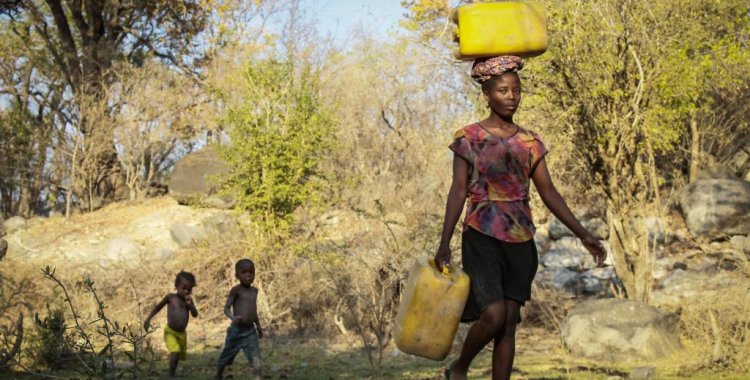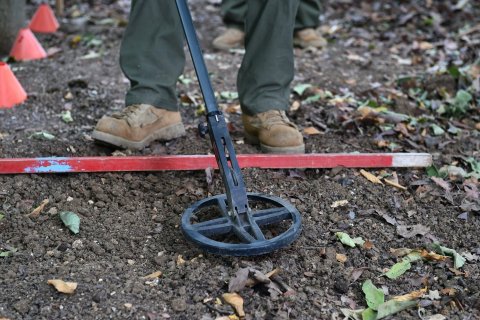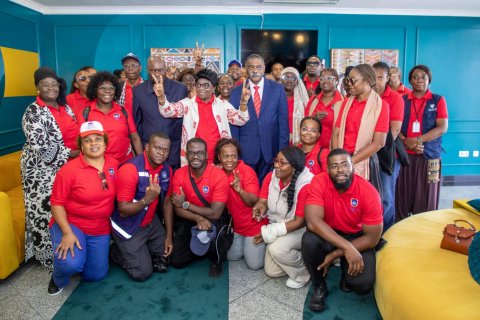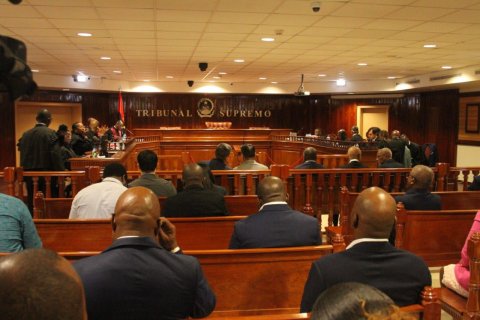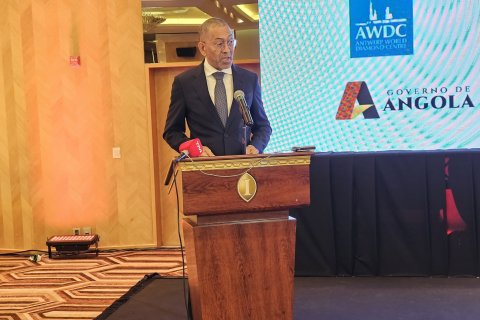According to the deputy governor for the Political, Social and Economic sector of Cunene, Apolo Ndinoulenga, the aforementioned numbers, which correspond to 133,202 families, "are very administrative because the situation, at the provincial level, is getting more and more acute".
"The statistical survey is continuous, it is not very easy to have watertight data from a province that has a municipality like Curoca [where] it has not rained for five years", the official replied to Lusa during the third edition of Café-CIPRA (Centro de Imprensa of the Presidency of the Republic of Angola).
"We currently have 867,322 people, corresponding to 133,202 families, this is the number we are using, which is very volatile, because at the moment we are talking about some people who had taken refuge in Namibia are entering", he said.
Apolo Ndinoulenga said the number of people in need of food assistance "increases daily".
"As long as we don't reach the months of May, June and July, which are the months of cereal harvest, then we will register even more people affected by hunger", admitted the deputy governor of Cunene, one of the four provinces affected by drought in the south of parents.
Local authorities are also in control of 1800 people who have returned from Namibia, a neighboring country where they had gone in search of assistance due to famine.
The people who returned "are in the Calueque region and already have a camp, support structures, but many others are still in Namibia", he said.
Cuando-Cubango, Huíla and Namibe are the remaining provinces that are facing the consequences of the long drought, with repercussions on the socio-economic life of local populations who face water and food shortages.
The socio-economic situation of Cunene, one of the provinces most affected by the drought, was portrayed at the meeting by Apolo Ndinoulenga admitting "it is not easy to control" the number of people affected by hunger and drought.
Curoca and Cuvelei, explained the official, "are the most affected municipalities", but, he stressed, the municipalities of Ombandja, Kwanyama, Onamacunde also face the worrying situation "because the rains delayed a lot".
"The last quarter of 2021, which is favorable for the start of crops, had no rain," he stressed.
To address the need of the local population, the construction of a water transfer system from the Cunene River, from the Cafu region, is underway in the province, an initiative of the Government, whose first batch should be inaugurated on April 4, 2022.
Budgeted at US$136 million, this system will benefit more than 250,000 people affected by the drought.
According to the director of the National Institute of Water Resources (INRH), Manuel Quintino, the aforementioned work, which comprises the first project, is in the final stretch and currently has a physical execution of around 95 percent and financial execution of 82 percent. .
"But there are payments that are being made by the Ministry of Finance and I believe that by the end of the month it could reach 95 percent of the financial execution, but the intention is that they are paid", said the official, when questioned by Lusa.
The water transfer system for the aforementioned drought-affected region of southern Angola will also benefit around 250,000 head of cattle and 5,000 hectares for irrigated agriculture.
Manuel Quintino recalled that in Cunene three structuring projects were identified.
Providing water to the population, livestock and agriculture are the objectives of the projects that aim to stop the consequences of hunger and drought due to the long drought that plagues the region and affects close to 870,000 people.
The project's main components are a pumping station, which in a first phase will capture and pump two thousand liters per second, with 30 chimpacas (water reservoirs) and 93 drinking fountains for people and livestock already built.
A second project comprises the construction, "already under way, of the Calukuve dam, still in the Cuvelai basin, the Ndue dam is under construction, associated with the Cunene basin, all on the left bank of the Cunene River".
"Now there are also actions for the right bank, with intervention for the municipalities of Cahama and Curoca, in total this third project, called Cunene 8, is budgeted at around US$260 million", said the head of the INRH.
The Government decided to build structuring projects in the aforementioned provinces to respond to the scarcity of water that impacts the lives of populations, crops and livestock.
For Namibe province, said Manuel Quintino, six structural solutions were identified, namely six dams for water retention, creation of water reserve for the populations, projects valued at US$2 billion.
"In Huíla, there are solutions identified, but preliminary studies are still underway, for the construction of three dams of Arimba, Nopomo and Ombala do Rei, in the municipality of Gambos, the main focus of the drought in the province", concluded the official.
"Projects of Great Social Impact in Southern Angola" was the theme of the third edition of CaféCIPRA, which brought together in the same panel the deputy governor of Cunene, the Secretary of State for Public Works and Territorial Planning, Carlos dos Santos, and the director of the National Institute of Water Resources, Manuel Quintino.

